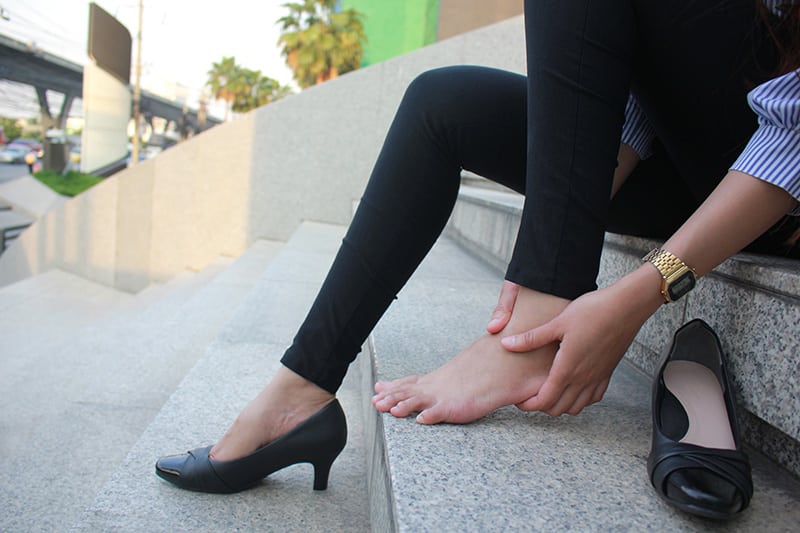
If you live with heel pain, you are far from alone.
It is estimated that heel pain, including any pain or discomfort experienced at or near the back of the foot, affects 10% of all adults.
While seniors and athletes are more prone to painful heel conditions, no one is immune from this common problem.
We see patients of all ages and from all backgrounds at the Advanced Heel Pain Centers of South Florida, all of whom are looking for relief from pain and limitations on their mobility.
As with any medical issue, the first step to resolving heel pain is understanding the underlying causes.
Heel pain can result from trauma, injury, or several other conditions.
The best course of treatment will depend on an accurate diagnosis, which is why you should schedule an evaluation with an experienced podiatrist if heel pain has become a constant or recurring presence in your life.
There are several reasons why your heel may hurt, but the most common causes of heel pain that impact millions of Americans every year and might be the source of your discomfort include:
- Plantar Fasciitis. The plantar fascia is the thick band of tissue that runs along the bottom of your foot and connects the toes to the heel bone. Plantar fasciitis is a biomechanical condition caused by intense and ongoing pressure that damages the plantar fascia and causes inflammation, pain, or stiffness at the sole of the foot. It can also manifest itself as a stabbing pain on the bottom of the foot near the heel.
- Achilles Tendonitis. Found at the back of your ankle, the Achilles tendon is the largest tendon in your entire body. It connects the back of your lower calf muscles to your foot, providing the power you need when you are pushing off while walking or running. Achilles tendonitis, also called Achilles tendinothapy, is usually the result of overuse, such as training too hard without giving the tendon time to recover from the strain put on it. It can be exacerbated by other factors, such as poor footwear, soft running surfaces, or running uphill for extended periods.
- Heel Bursitis. Closely linked to Achilles tendonitis, heel bursitis is a condition caused by the swelling of the bursa, which is a fluid-filled sac found at the back of the heel bone.The bursa is where the large Achilles tendon connects the calf muscles to the heel bone. When the bursa becomes inflamed or irritated, usually from overuse,it can cause swelling, warmth, pain, and tenderness at the back of the heel.
Additional reasons why your heel may hurt include:
- Calcaneal Heel Spur Syndrome
- Calcaneal Heel Nerve Entrapment
- Arthritis of the Heel
- Tarsal Tunnel Syndrome
- Heel Fracture or Stress Fracture
- Flexor Tendonitis/Tendinosis
- Foot Injury
- Flimsy or Insufficiently Supported Footwear
- Obesity
- Bruising from activity on hard surfaces
Don’t Live With Heel Pain Anymore!
When you live with heel pain, every step can be a painful reminder of the problem.
The good news is there are non-invasive and minimally invasive treatment options that can address and resolve heel pain.
Our Advanced Heel Pain Center, a specialized extension of JAWS Podiatry, is the first specialty care center in the region to focus exclusively on treating heel pain and its underlying conditions.
Using the latest technology and leveraging the experience, knowledge, and skills of our exceptional podiatrists, we bring relief, increased mobility, and a better quality of life to patients who struggle every day with heel pain, discomfort, and other problems.
Please call our teams at (954) 922-7333 or contact us online to schedule a virtual or in-person consultation.
- The Life-Changing Power of Cosmetic Foot Surgery - February 27, 2023
- What Are The Most Common Pediatric Foot Conditions? - October 5, 2020
- 4 Important Things To Know Before Having Foot Surgery - September 21, 2020



